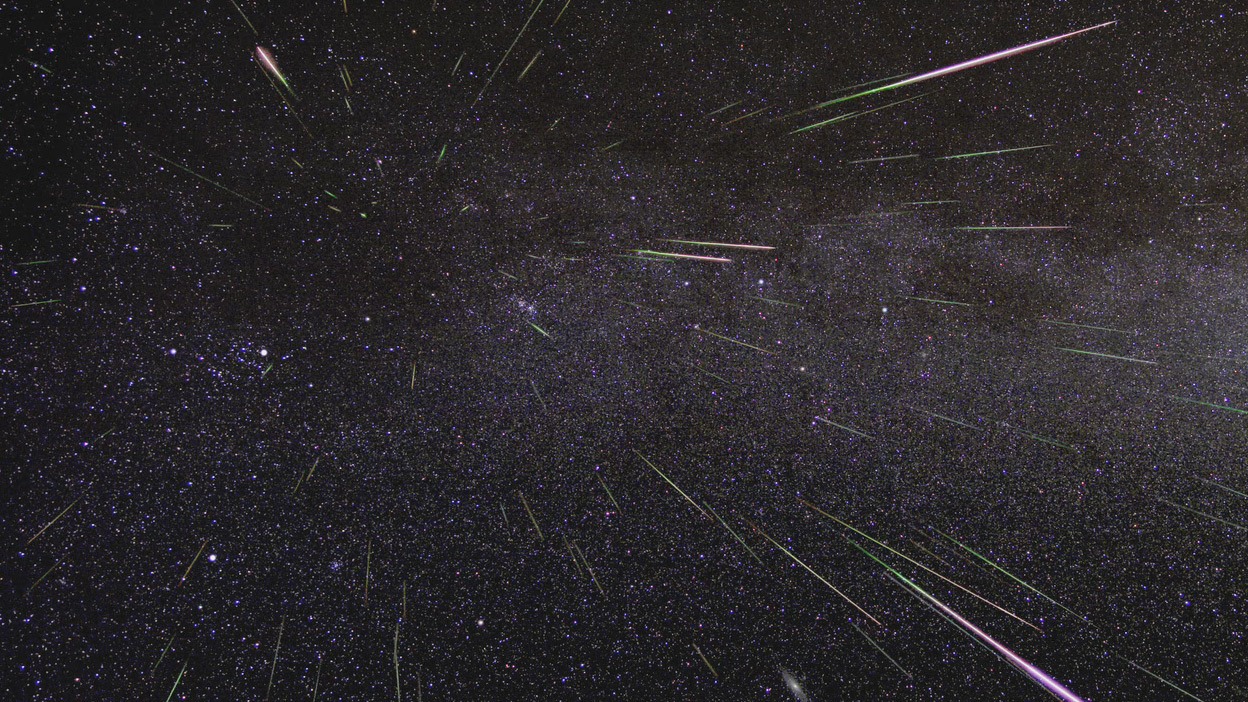
There are over 30 meteor showers annually. But few can compare to the spectacular Perseids. The "shooting stars" have been blazing through the sky at a rate of about a dozen an hour since mid-July and will continue until the end of August. But the best time to view them is when Earth passes through the area with the densest comet dust. That's when the meteors' pace increases to between 50 and 100 an hour. This year that will be during the pre-dawn hours of August 13.
What is a meteor shower?
While often called "shooting stars," meteors are remains of cosmic dust and dirt shed by comets traveling through the area. When the debris collides with the Earth's atmosphere at high speeds, it burns, resulting in flashes across the skies, or a meteor shower.
From where do the Perseids come?
The Perseids are named after the constellation Perseus, from which they appear to spurt. They are, however, the dust and rocks left behind by the Swift-Tuttle comet as it passes by Earth during its 133-year-long orbit. The meteor shower is visible worldwide. But, due to the Swift-Tuttle's orbital pattern, the best views are reserved for Northern Hemisphere residents.

What makes the Perseid meteor shower unique?
The Perseid meteor shower is considered one of the best for several reasons. They are one of the most abundant showers, with as many as 100 "shooting stars" per hour. Also, the dust particles are large enough to create "fireballs" — meteors as bright as Jupiter and Venus. Most importantly, they occur during the summer in the Northern Hemisphere. Hence, the weather is warm enough for skywatchers to view them comfortably.
How can I view the Perseid meteor shower?
The cosmic show is best viewed from a dark, open space, away from city lights. Stargazers are advised to seek an area where the sky's entire dome is visible and be patient. It takes between 10 and 15 minutes for the eyes to adjust to the dark skies and then about as long to observe a flashing meteor.
Happy Viewing!
Resources: NPR.com, Forbes.com, Businessinsider.com, NASA.gov
